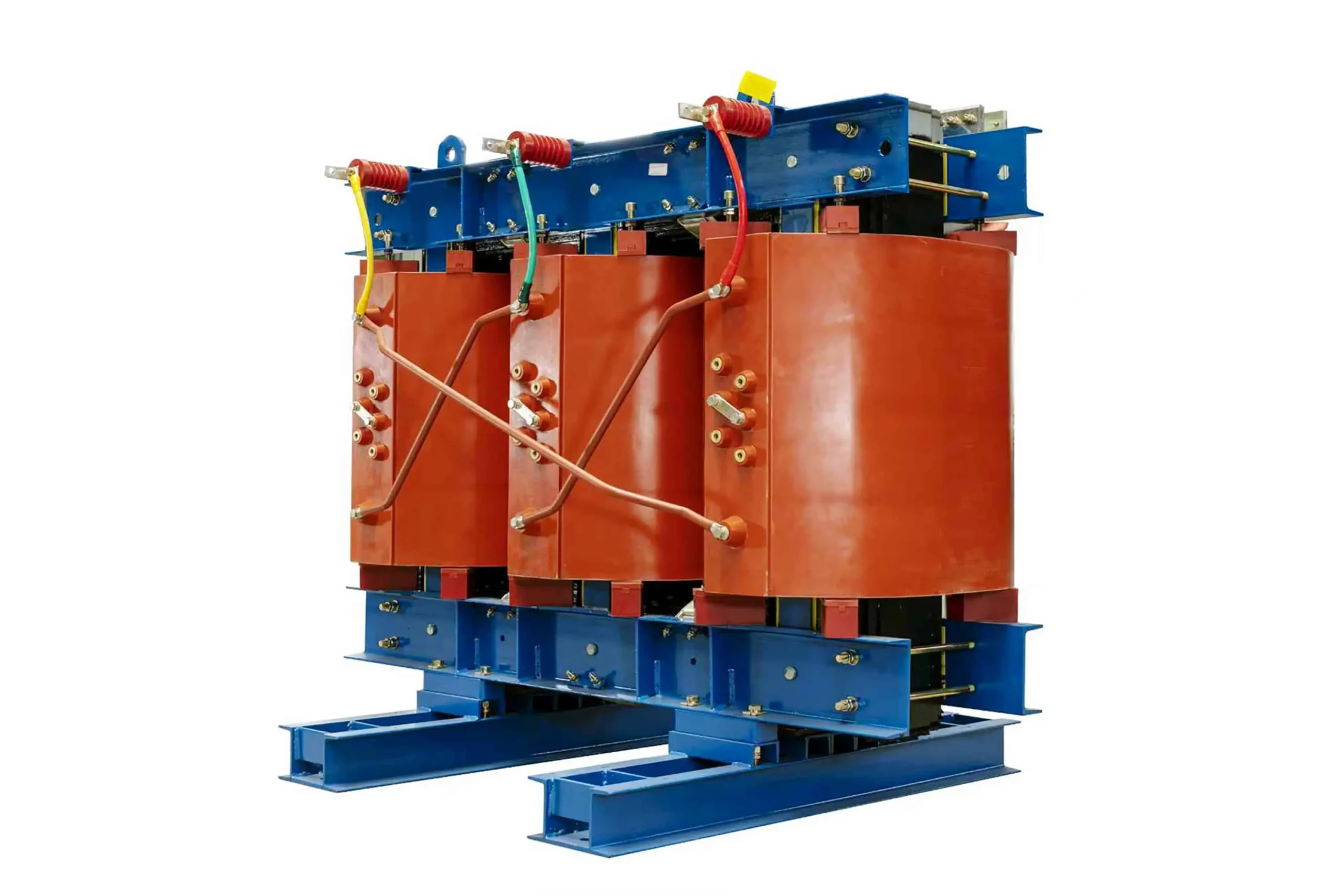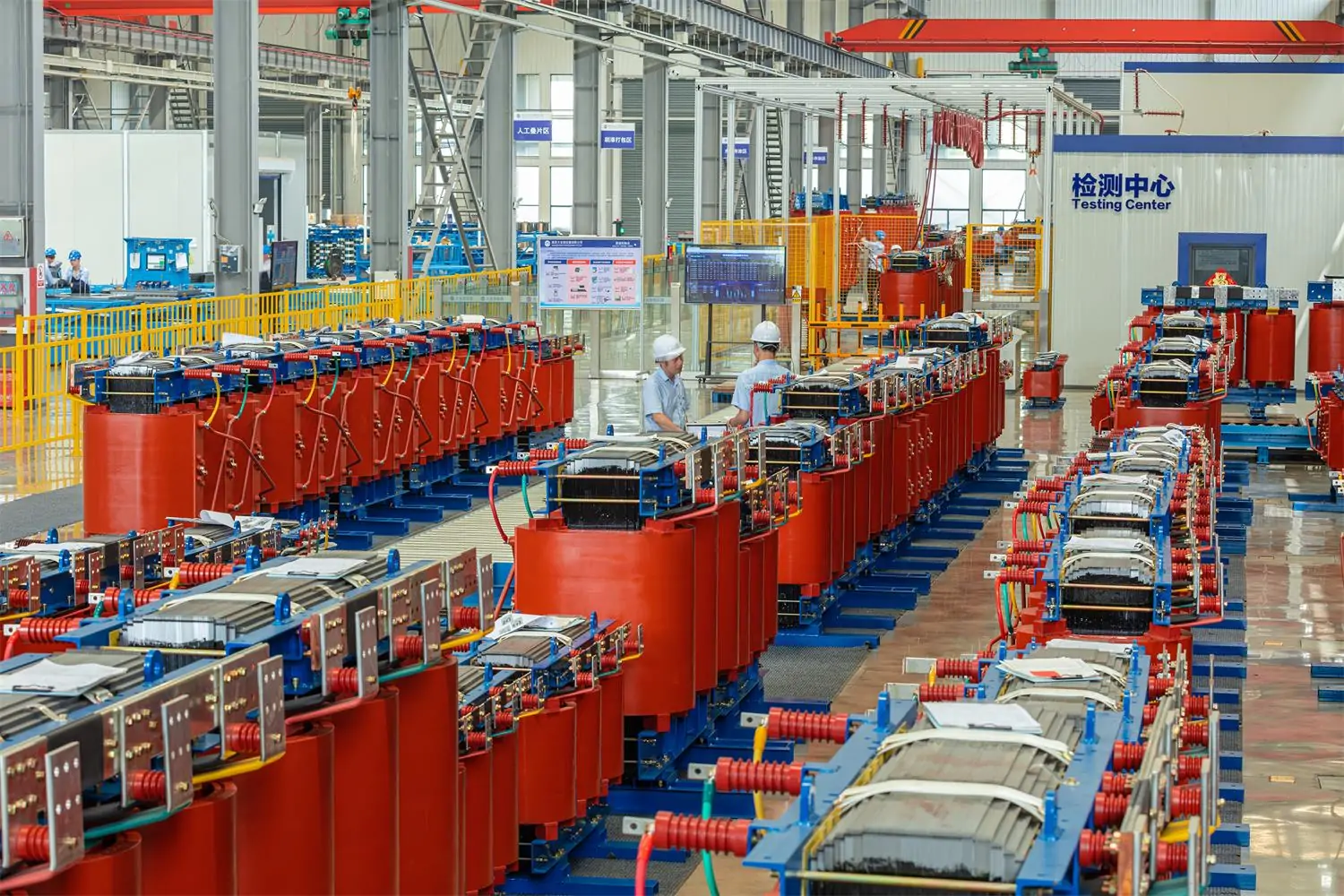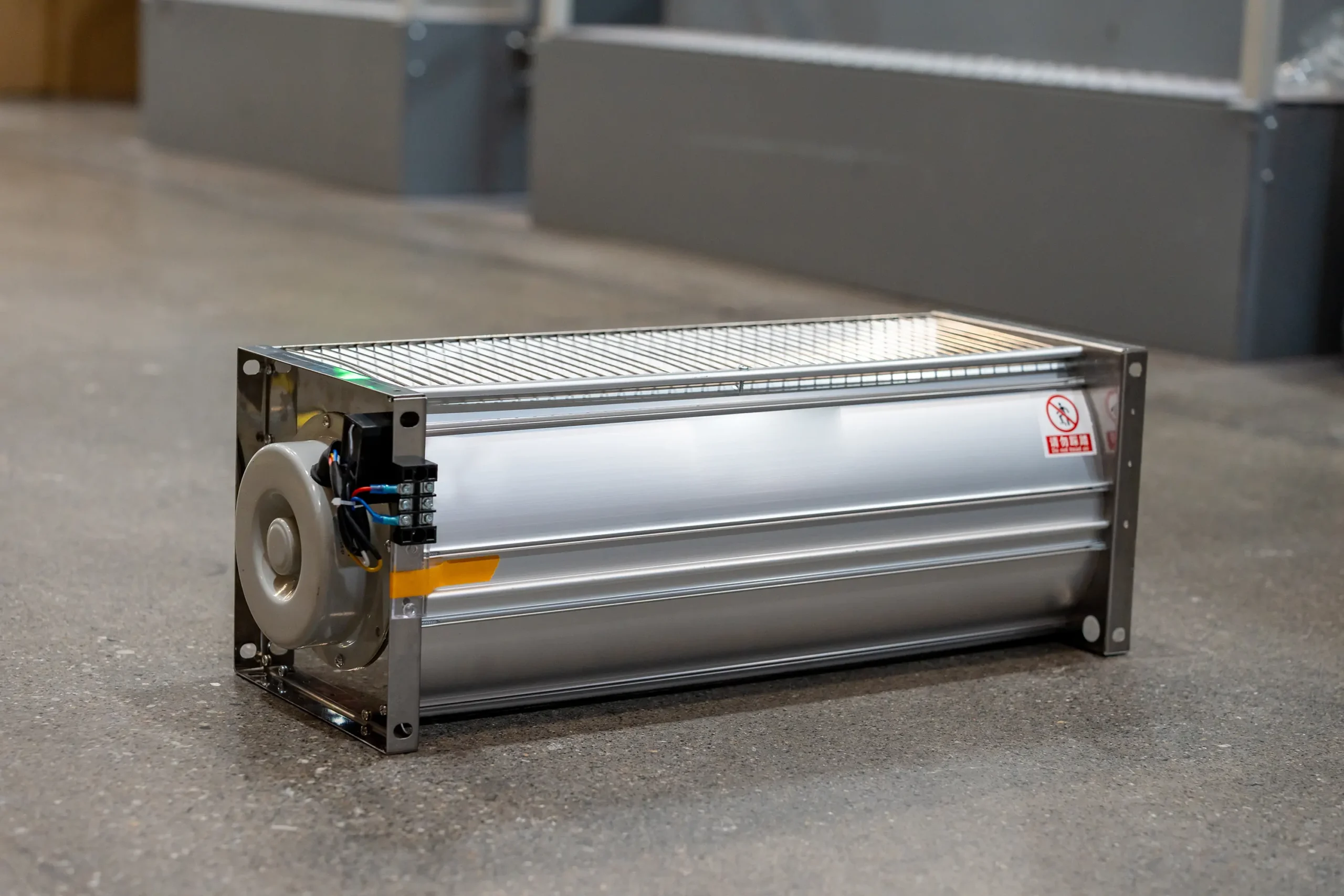In the world of electrical distribution, transformers play a vital role in transferring electrical energy between circuits. Among the various types of transformers, dry-type transformers stand out for their unique benefits. As we explore the advantages of dry-type transformers, we’ll highlight key aspects such as maintenance-free operation, safety benefits, and environmental impact.
Dry-type transformers are electrical devices that use air as the cooling medium instead of oil or other liquid coolants. They are designed to reduce energy losses and manage heat generated during electrical transfer. This makes them ideal for settings where safety, reliability, and minimal maintenance are paramount.
How Dry Type Transformers Work
Unlike oil-filled transformers, dry-type transformers utilize insulation systems made from materials like epoxy resin. This lack of liquid coolant eliminates the risk of leaks or spills, contributing to a cleaner and safer environment.
Key Advantages of Dry Type Transformers
Dry-type transformers offer several advantages that make them an attractive choice for various applications.
Maintenance-Free Operation
One of the significant benefits of dry-type transformers is their maintenance-free nature. Unlike oil-filled transformers, they do not require regular oil checks or replacements. This reduces downtime and operational costs, leading to better efficiency in the long run.
Enhanced Transformer Reliability
Dry-type transformers are known for their robust design and ability to withstand harsh environments. The absence of oil reduces the risk of contamination and degradation, ensuring consistent performance and increased reliability over time.
Safety Benefits
Safety is a top priority in electrical distribution, and dry-type transformers excel in this area. They are inherently fire-resistant due to the absence of flammable oil. This feature significantly reduces the risk of fire hazards, making them suitable for indoor installations and areas with strict safety regulations.
Environmental Impact
In today’s world, environmental considerations are more important than ever. Dry-type transformers offer a lower environmental impact compared to their oil-filled counterparts. With no risk of oil leaks or spills, they contribute to cleaner and safer surroundings.
Fire-Resistant Properties
The fire-resistant properties of dry-type transformers make them ideal for locations with high fire safety requirements. Their design ensures that in the event of a malfunction, the risk of fire is minimized, protecting both people and property.
No Oil Transformer
Being a no-oil transformer, dry-type transformers eliminate the need for oil management systems. This simplifies installation and reduces the potential for environmental contamination, further enhancing their appeal.
Applications of Dry Type Transformers
Dry-type transformers are versatile and can be used in a variety of applications, including:
- Commercial Buildings: Due to their safety and low maintenance, dry-type transformers are often used in commercial buildings where space and safety are crucial.
- Industrial Facilities: These transformers are suitable for industrial environments where reliability and performance are critical.
- Renewable Energy Projects: Dry-type transformers are increasingly used in renewable energy projects due to their environmental benefits.
Advantages and Disadvantages of Dry Type Transformers
While dry-type transformers offer numerous advantages, it’s essential to consider their potential drawbacks.
Advantages
- Safety: Their fire-resistant design reduces the risk of fire hazards.
- Low Maintenance: Being maintenance-free, they reduce operational costs and downtime.
- Environmentally Friendly: With no oil, they minimize environmental impact.
- Durability: Their robust construction ensures long-term reliability.
Disadvantages
- Higher Initial Cost: Dry-type transformers may have a higher upfront cost compared to oil-filled transformers.
- Lower Overload Capacity: They may have a lower overload capacity, which can be a limitation in certain applications.
- Limited Size Range: Larger dry-type transformers can be challenging to produce, limiting their use in specific large-scale applications.
Conclusion
Dry-type transformers offer a range of advantages that make them an excellent choice for many electrical distribution needs. From their maintenance-free operation and enhanced safety features to their reduced environmental impact, these transformers provide a reliable and efficient solution. While they may come with higher initial costs, the long-term benefits often outweigh the drawbacks. For those prioritizing safety, reliability, and sustainability, dry-type transformers are a smart investment.






